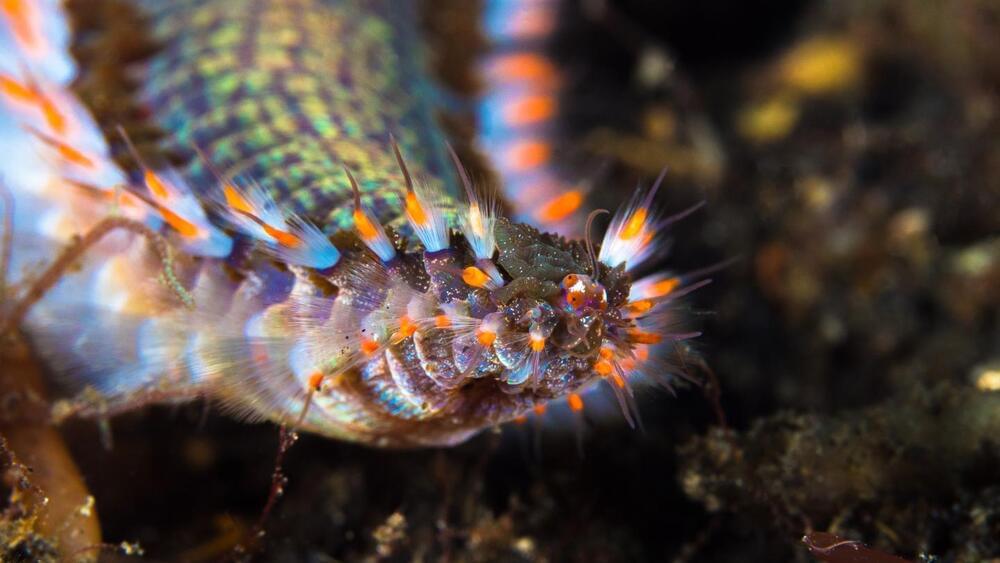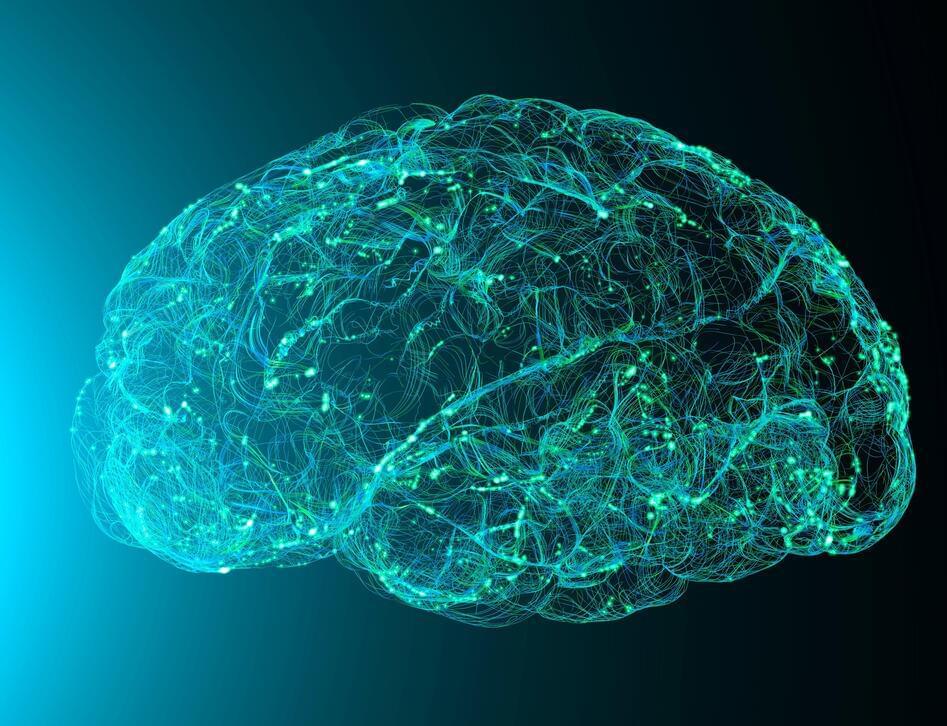So the bristle worm jaw is both metal-like and yet not. As Zelaya-Lainez puts it, “Here we are dealing with a completely different material, but interestingly, the metal atoms still provide strength and deformability there, just like in a piece of metal.”
Observing the creation of a metal-like material from biological processes is a bit of a surprise and may suggest new approaches to materials development. “Biology could serve as inspiration here,” says Hellmich, “for completely new kinds of materials. Perhaps it is even possible to produce high-performance materials in a biological way — much more efficiently and environmentally friendly than we manage today.”



